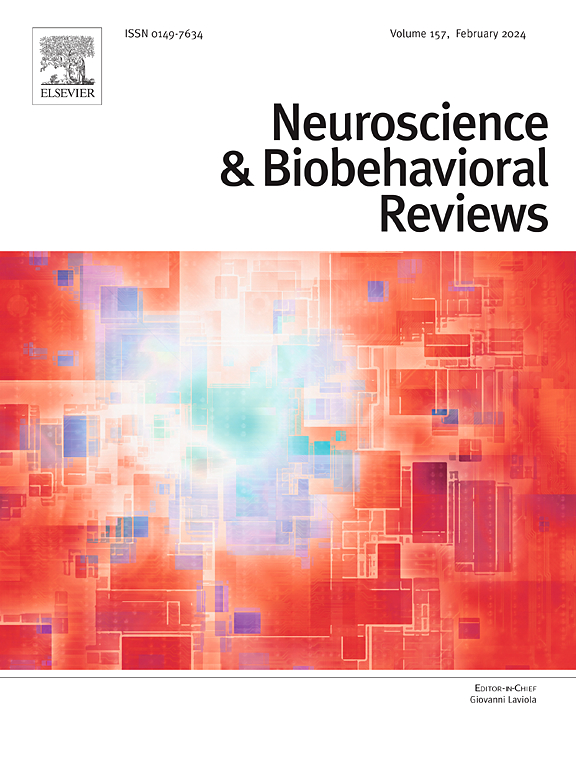The role of the motor system in action imagination and comprehension
IF 7.9
1区 医学
Q1 BEHAVIORAL SCIENCES
引用次数: 0
Abstract
Covert actions encompass cognitive processes such as motor imagery, action observation, and action language. These processes ignite motor simulations within the mind and engage neural circuits underlying sensorimotor functions, offering promising potential for optimizing motor performance and rehabilitation strategies. Yet, despite broad consensus on the motor system’s involvement, its precise role — whether a dynamic embodiment mechanism or a mere epiphenomenon — remains a matter of intense debate. In this review, we present a comprehensive analysis of motor system engagement across motor imagery, action observation, and action language. First, we examine correlational evidence derived from functional magnetic resonance imaging and transcranial magnetic stimulation studies in healthy individuals, including those with impaired mental simulation abilities. This evidence helps elucidate whether, and to what extent, these cognitive processes recruit the motor system, particularly the primary motor cortex. We then turn to causal evidence, which allows us to infer the functional role of the motor system in these processes. Specifically, we review findings from studies investigating behavioral changes, patients with lesions, and artificial lesions in healthy participants created using neuromodulation techniques. By integrating these perspectives, we seek to clarify this ongoing debate by illuminating the functional role of the motor system in motor imagery, action observation, and action language.
运动系统在动作想象和理解中的作用
隐蔽动作包括动作意象、动作观察和动作语言等认知过程。这些过程点燃了大脑中的运动模拟,并参与了感觉运动功能的神经回路,为优化运动表现和康复策略提供了有希望的潜力。然而,尽管对运动系统的参与有广泛的共识,但它的确切作用——是一种动态体现机制还是一种附带现象——仍然是一个激烈争论的问题。在这篇综述中,我们对运动系统的参与进行了全面的分析,包括运动意象、动作观察和动作语言。首先,我们对健康个体(包括心智模拟能力受损的个体)的功能性磁共振成像和经颅磁刺激研究得出的相关证据进行了研究。这一证据有助于阐明这些认知过程是否以及在多大程度上调动了运动系统,特别是初级运动皮层。然后我们转向因果证据,这使我们能够推断运动系统在这些过程中的功能作用。具体来说,我们回顾了研究行为改变、病变患者和使用神经调节技术在健康参与者中创建的人工病变的研究结果。通过整合这些观点,我们试图通过阐明运动系统在运动意象、动作观察和动作语言中的功能作用来澄清这一正在进行的争论。
本文章由计算机程序翻译,如有差异,请以英文原文为准。
求助全文
约1分钟内获得全文
求助全文
来源期刊
CiteScore
14.20
自引率
3.70%
发文量
466
审稿时长
6 months
期刊介绍:
The official journal of the International Behavioral Neuroscience Society publishes original and significant review articles that explore the intersection between neuroscience and the study of psychological processes and behavior. The journal also welcomes articles that primarily focus on psychological processes and behavior, as long as they have relevance to one or more areas of neuroscience.

 求助内容:
求助内容: 应助结果提醒方式:
应助结果提醒方式:


